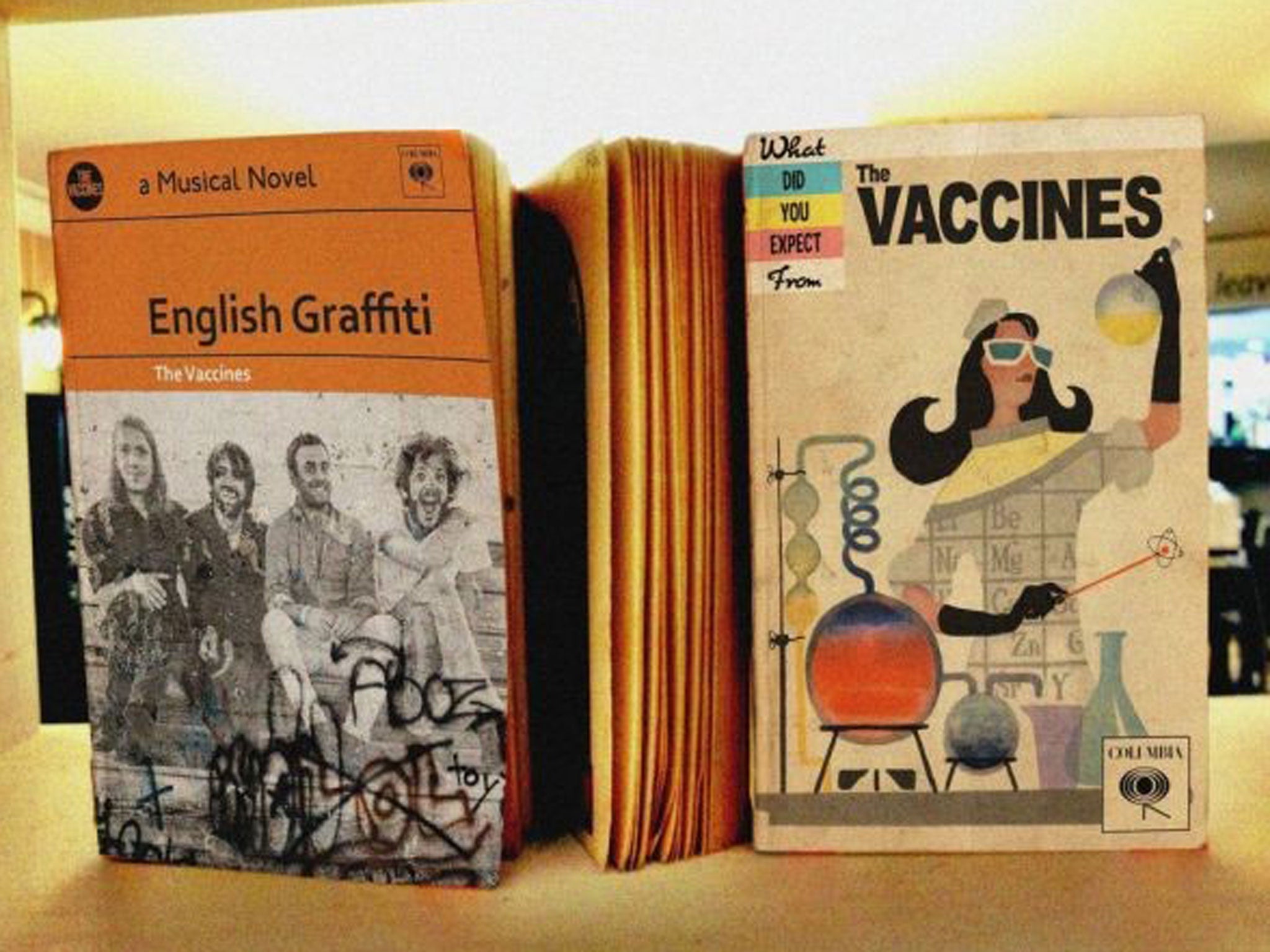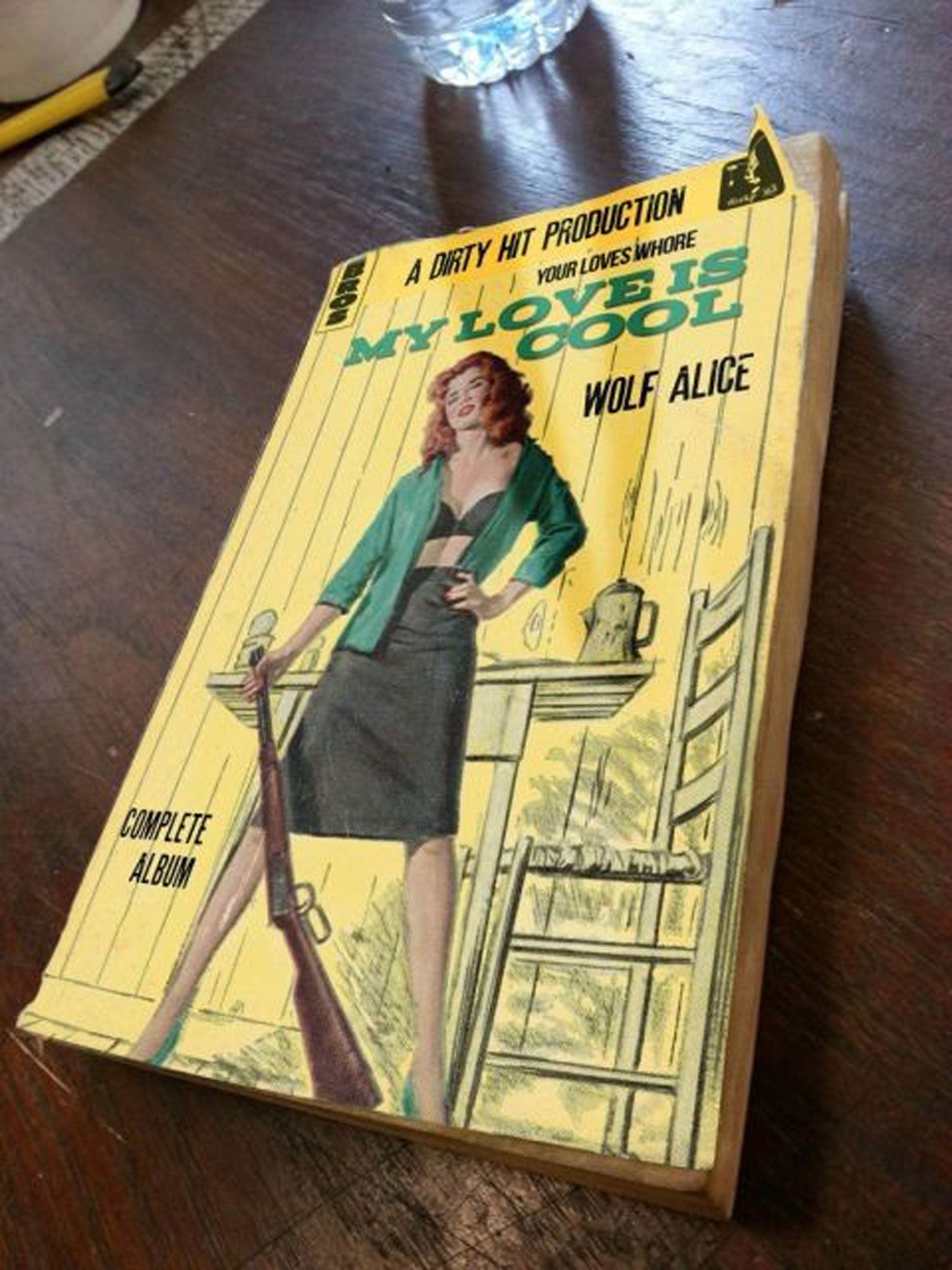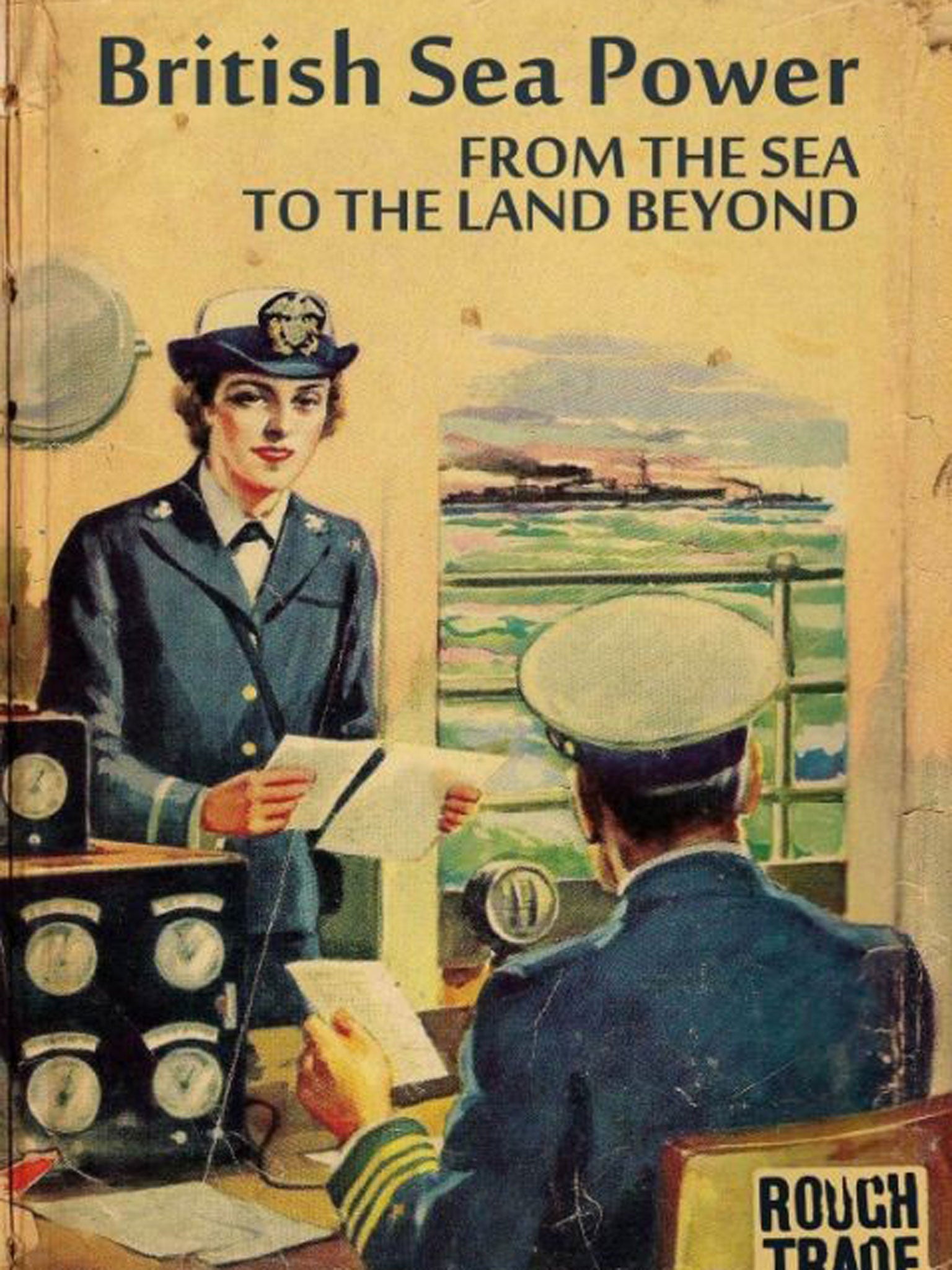Artist Marcus Raynal Hislop reimagines music albums as classic book covers
The trend speaks to a love of the artefact in an era of streaming and downloads, as David Barnett finds out

Your support helps us to tell the story
From reproductive rights to climate change to Big Tech, The Independent is on the ground when the story is developing. Whether it's investigating the financials of Elon Musk's pro-Trump PAC or producing our latest documentary, 'The A Word', which shines a light on the American women fighting for reproductive rights, we know how important it is to parse out the facts from the messaging.
At such a critical moment in US history, we need reporters on the ground. Your donation allows us to keep sending journalists to speak to both sides of the story.
The Independent is trusted by Americans across the entire political spectrum. And unlike many other quality news outlets, we choose not to lock Americans out of our reporting and analysis with paywalls. We believe quality journalism should be available to everyone, paid for by those who can afford it.
Your support makes all the difference.There's an intersectionality between music and literature that must have a lot to do with the collector gene. For some, the transient nature of consumption is enough: reading ebooks or borrowing them from libraries or friends, listening to bands on Spotify. For others, there must be ownership. The true bibliophile will own several editions of the same favourite book and, depending on how committed a music fan you are, you'll have rows of CDs or shelves groaning under the weight of vinyl.
It's that crossover, that desire to own an artefact, that must have led to the recurrent (and currently resurgent) fad for reimagining music albums in the style of classic book covers.
One of the practitioners is artist and designer Marcus Raynal Hislop, who works from his Notorious Gasoline Company studio in central Glasgow. His digitally created book covers include Wolf Alice's My Love is Cool in the style of a pulp crime novel, The Vaccines' English Graffiti as a dog-eared Penguin paperback and What's The Story, Morning Glory? by Oasis as a Sixties kitchen-sink drama.
"It was something I was immediately drawn to," says Hislop. "I love to design movie posters for non-existent films, I had been painting a lot in the past few years, and a bit of digital nonsense seemed like a fun distraction."
Hislop, whose real love is abstract painting but – being "quite mercenary about art" – finds himself doing work that "appeals to everyone's sense of nostalgia and love of celebrity", concedes that "I like to show off a bit" and that creating the book covers has proved somewhat addictive.

"The only problem is that I like doing them so much I haven't stopped," he says, before asking me what my favourite album is. Out of loyalty to my hometown of Wigan, I offer Urban Hymns by The Verve. A shade before midnight that evening, Hislop emails me a picture of said album reinvented as an Independent-style newspaper front page, with a slightly apologetic note: "I would have done more but the missus demanded my company as she's says I spend too much time fecking about with art when I should be relaxing."
This album-book crossover is a trend that resurfaces from time to time. Three years ago, graphic designer Christophe Gowans embarked on a similar project; and in 2007 the Flickr user Little Pixel posted a set of album covers in the style of old Pelican paperbacks.
The latest round of creativity has been kick-started by indie band The Charlatans. Frontman Tim Burgess and designer Nick Fraser – a friend of Hislop's – came up with the idea to reinvent the Charlatans discography as book covers, which were then executed by artist Ian Read. The Charlatans put them up as prints on their website and they sold out within minutes. (They've now just released them as a set of postcards at http://thecharlatans.tmstor.es/.)
Burgess says: "We had done a periodic table of Charlatans songs, and we made some prints of this to mark the birthday of Dmitri Mendeleev, creator of the periodic table of the elements, and it went down really well – so that got us thinking about band merchandise and how it was all a bit 'tour T-shirts with dates on the back'."

Still,there has always been a literary bent to The Charlatans: their 2015 album Modern Nature took its title from Derek Jarman's book, and Tim Burgess is about to release his second volume for Faber & Faber, Tim Book Two (geddit?), the follow-up to his 2012 memoir Telling Stories, which, to bring things full circle, is also the title of the band's 1997 album.
"We went for designs that sparked off a kind of familiarity – books that some of us owned or ones we knew as kids," says Burgess. "It really blew up into something when we shared them online: BBC Radio 6 Music took them and asked people to reimagine other albums as book covers, and some of them were unbelievably imaginative."
Hislop was one of those who responded to the call, and it's had quite an unexpected result for him. "After doing these faux-books, I actually went out and bought a few real ones, which was something I hadn't done in an age," he says. "I used to love reading but I let myself go. These designs shamed me into getting back into books."
Join our commenting forum
Join thought-provoking conversations, follow other Independent readers and see their replies
Comments